Ocean photography is a captivating art form that captures the essence of the vast, mysterious blue expanse, revealing the hidden wonders beneath its surface. From the shimmering hues of coral reefs to the powerful grandeur of crashing waves, this genre offers a unique perspective on marine life and landscapes that inspire awe and appreciation. Beyond mere visual appeal, ocean photography plays a crucial role in conservation efforts, documenting marine biodiversity and advocating for protected habitats. Whether you’re an aspiring photographer seeking to break into the field or a seasoned enthusiast looking to refine your skills, understanding the intricacies of ocean photography is essential. This guide delves into the key aspects of the craft, exploring everything from technical tips and career insights to overcoming common challenges. By examining the work of celebrated ocean photographers and delving into the latest trends, we’ll uncover the secrets to creating compelling marine imagery. Join us as we navigate the dynamic world of ocean photography, where every shot tells a story and every image contributes to a greater cause.
Key Takeaways
- Understanding Ocean Photography: Captures the beauty and diversity of marine life, coral reefs, and underwater landscapes, often referred to as underwater photography.
- Essential Gear & Techniques: Requires dive gear, lighting systems, and knowledge of marine behavior for effective shots.
- Getting Started Tips: Invest in waterproof equipment, learn lighting tricks, plan dives wisely, and partner with experienced guides.
- Common Challenges: Deal with equipment corrosion, limited lighting, skittish fish, depth perception issues, and environmental obstacles.
- Scenic Connection: Relates to landscape photography, emphasizing the visual splendor of natural environments, from forests to seascapes.
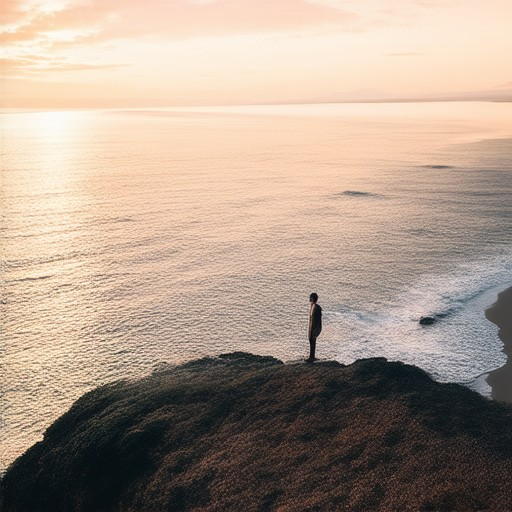
Why is Ocean Photography Important?
Ocean photography plays a vital role in various fields, serving as both an art form and a tool for conservation and education. Here are the key reasons why it is important:
- Scientific Research : Underwater photography is instrumental in studying marine ecosystems. Scientists use these images to monitor coral reef health, track fish populations, and observe marine biodiversity over time. This data is crucial for conservation efforts and understanding ecological changes.
- Tourism and Economy : Stunning ocean photographs attract tourists to coastal regions, boosting local economies. They also promote sustainable tourism by showcasing the natural beauty and unique marine life, encouraging visitors to respect and preserve these environments.
- Environmental Awareness : By capturing the beauty and fragility of marine life, ocean photography raises awareness about environmental issues like pollution and climate change. These images inspire individuals to take action and support conservation initiatives.
- Education : Educational materials incorporating ocean photography help teach students about marine biodiversity and the importance of protecting oceanic habitats. This visual learning tool fosters a deeper appreciation for the ocean and its role in sustaining life on Earth.
- Conservation Advocacy : Powerful ocean photographs often serve as catalysts for change, urging governments and organizations to implement protective policies. They provide a visual narrative that can mobilize support for marine conservation efforts.
- Cultural and Artistic Value : Ocean photography transcends mere documentation; it creates a sense of wonder and connection to nature. Competitions like the Sailing Photo Awards celebrate this artistry, inspiring enthusiasts and professionals alike to capture the beauty of the sea.
- Storytelling and Engagement : Each image tells a story, whether of a thriving coral reef or a vulnerable species. This storytelling engages the public, making complex environmental issues more relatable and prompting concern for ocean health.
- Technological Advancement : The development of advanced underwater photography equipment enhances the quality and detail of captured images, supporting both scientific studies and artistic expression.
By combining art and activism, ocean photography is a powerful tool for preserving marine ecosystems and fostering a greater appreciation for the ocean’s role in our world.
How Much Does an Ocean Photographer Make?
As an ocean photographer, your earnings can vary significantly based on factors like experience, location, and demand. Here’s a breakdown of typical income ranges:
- Hourly Rate : The average hourly rate for underwater photographers in 2025 is approximately $35 to $70 per hour, according to recent data from ZipRecruiter.
- Annual Salary : Full-time positions typically range from $30,000 to $130,000 annually, reflecting varying levels of experience and market demand.
- Employment Types : Earnings differ depending on whether you’re a freelancer, working for a dive company, or employed by a resort or travel agency. Freelancers may earn higher rates due to demand, while employees often have more stable income.
- Location Factors : Geographical locations with high tourism, such as Australia or the Maldives, tend to offer higher rates compared to regions with fewer diving spots.
- Experience and Reputation : Established photographers with significant portfolios and reputations may charge premium rates, particularly for luxury travel shoots or exclusive packages that include editing and copyright.
- Additional Income Streams : Offering post-production services, stock photography, and workshops can supplement income.
To maximize your earnings, consider advanced certifications, networking, and building a robust online presence. Specializing in niche areas or offering premium services can further enhance your earning potential.
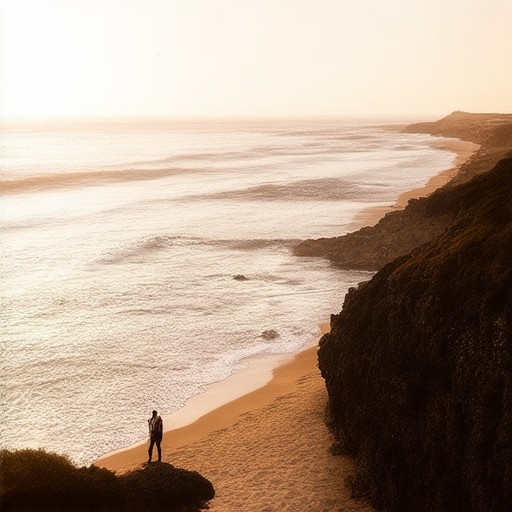
Best Camera Settings for Ocean Photography
Capturing the perfect ocean photograph requires careful attention to lighting, color balance, and composition. Here are the optimal camera settings for achieving stunning results:
- Exposure Compensation: Set your camera’s exposure compensation to -0.5 to -1 EV. This helps balance the scene when the sky is very reflective, preventing overexposure of the sky and allowing the ocean to appear its true blue color.
- White Balance: Use a custom white balance setting. The ocean’s colors can vary widely depending on the time of day and weather conditions. Taking a photo of a known white object (like a towel or boat) can help you set the white balance accurately.
- Histogram Check: Review the histogram before shooting to ensure the tones are balanced. If the histogram leans heavily to the right, adjust your exposure compensation to prevent overexposure.
- ISO Setting: Keep your ISO low to minimize noise, typically between 100 and 200. Higher ISOs can introduce grain, which is less desirable for smooth textures like waves.
- Focal Length: Use a wide-angle lens (24mm to 35mm) for capturing the vast expanse of the ocean. For macro shots of wave patterns or details, switch to a telephoto lens (70mm to 120mm).
- Aperture: Shoot with a smaller aperture (f/8 to f/16) to increase sharpness across the scene. This is particularly useful for focusing on waves and distant subjects.
- Shutter Speed: Choose a fast shutter speed (1/250 sec or faster) to freeze the motion of the waves. For a more dynamic, flowing water effect, try slower speeds (around 1/15 sec).
- Polarizing Filter: Use a circular polarizing filter to reduce glare and enhance color contrast, especially during the golden hour or when the sun is reflecting off the water or sand.
- Composition Tips: Look for leading lines, such as the horizon or breaking waves, to draw the viewer’s eye into the frame. Incorporate foreground elements like rocks, seashells, or surfers to add depth and interest.
- Post-Processing: Adjust exposure, curves, and saturation in editing software to enhance colors and correct any initial setup issues. Tools like Adobe Lightroom or GIMP offer precise control over your final image.

What is Ocean Photography Called?
Ocean photography, often referred to as underwater photography, is a specialized field that captures the beauty and diversity of marine life and environments.
Techniques and Gear
Underwater photography typically requires:
- Dive gear, including snorkels, scuba tanks, and waterproof cameras
- Lighting systems, such as external flashlights or strobes
- Knowledge of marine biology and underwater behavior
Subjects
Common subjects in underwater photography include:
- Marine animals and plants
- Coral reefs and rock formations
- Shipwrecks and sunken treasures
- Underwater landscapes and seascapes
Getting Started
If you’re interested in trying underwater photography:
- Invest in a waterproof camera or smartphone case
- Learn about lighting techniques for better image quality
- Plan dives around tide times and water conditions
- Dive with experienced guides who can help identify subjects
Safety Tips
Always dive with a buddy and respect local regulations to protect marine ecosystems.
What Problems Do Underwater Photographers Face?
Underwater photography presents unique challenges that require careful planning and technical expertise. Here are the most common problems underwater photographers encounter:
- Equipment Failures: Saltwater environments can damage sensitive electronics. Corrosion, moisture, and sand can affect cameras, lenses, and lighting equipment.
- Lighting Limitations: Water absorbs light, reducing visibility. This makes it difficult to capture colors accurately and limits the use of artificial lights due to reflection issues.
- Fish Behavior: Fish are often skittish and unpredictable, making it hard to pose them for photos. Some species may swim away or react negatively to sudden movements.
- Depth Perception Issues: The human brain struggles to judge distances underwater, leading to misjudged framing and subject placement.
- Environmental Conditions: Strong currents, waves, and varying water temperatures can make it challenging to maintain stability and focus during shots.
- Monochrome Vision: Many divers and photographers suffer from monocular vision underwater, affecting depth perception and color accuracy.
- Cost and Logistical Challenges: Specialized gear, travel expenses, and the need for professional training can be financially demanding.
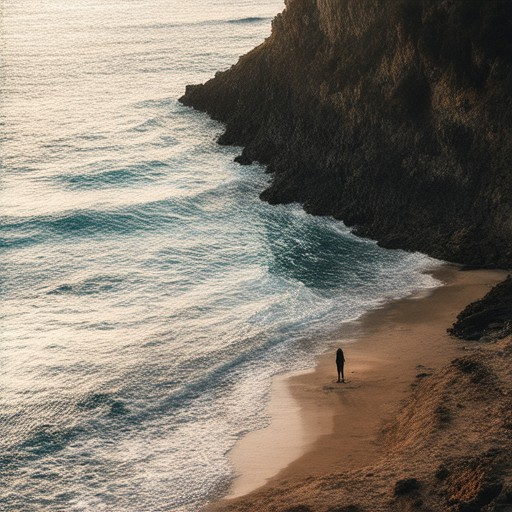
What is Scenic Photography Called?
Scenic photography is a specialized form of photography that focuses on capturing the beauty and grandeur of natural landscapes. This type of photography is often referred to as landscape photography , which emphasizes the depiction of outdoor environments such as mountains, valleys, forests, and seascapes. The goal of scenic photography is to convey the visual splendor and emotional resonance of these environments through high-quality images.
The term “scenic photography” itself is commonly used to describe this style, as it effectively communicates the idea of capturing scenes that are visually striking and aesthetically pleasing. Whether it’s the serene tranquility of a tranquil forest or the majestic scale of a towering mountain range, scenic photography aims to capture the essence of the natural world in all its glory.
In conclusion, scenic photography is a broad yet meaningful category within the realm of photography that continues to inspire and enchant audiences worldwide.
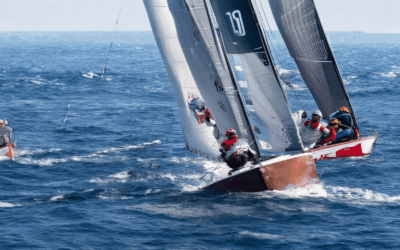
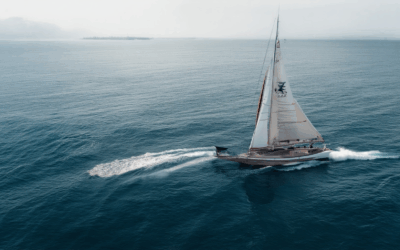
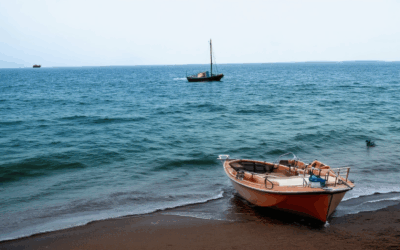
0 Comments